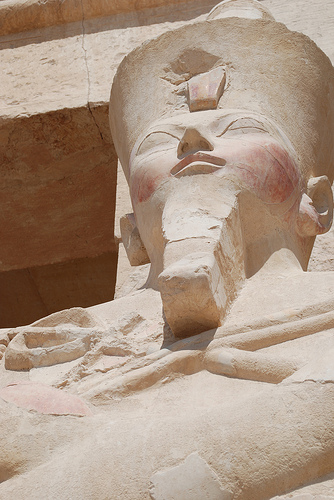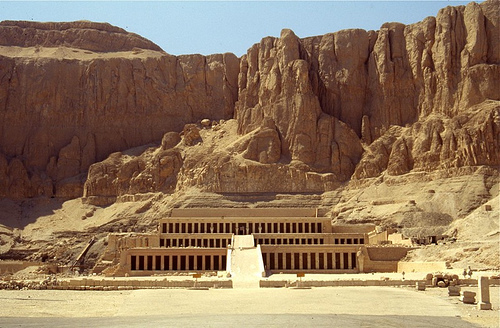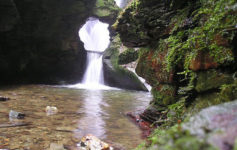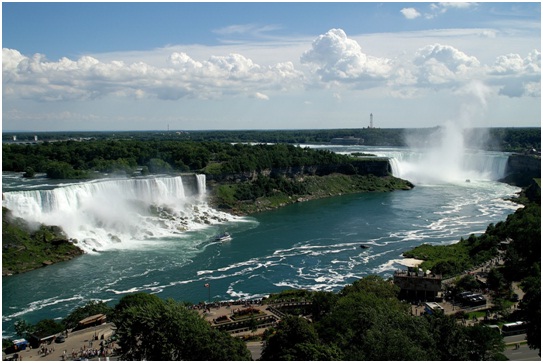As you visit Egypt and come across too many mysteries that were supposed to be solved by now, you form a vague idea about the definite love of ancient Egyptians for secrets. The Valley of the Kings is one of the many examples of it.
The entire valley, located on the West bank of the Nile near Luxor, was used to build mausoleums for the Kings of Egypt, the priests and every one who had a high status in the royal circles. It has been used from 1539 BC to 1075 BC.

Some of the pharaohs buried in the valley are Tutankhamun, Seti I, and Ramses II.
The valley was the religious center of Egypt’s New Kingdom (1539-1075 B.C.). Ancient Egyptians believed that their kings became gods afterlife and needed the mummies to recreate their body. That’s also the reason why the royal tombs were filled with treasures and items for daily use. The preparations included food and wine, as a royal feast was planned right at the start of the afterlife. Egyptians even buried servants with the kings, so that they could take care of their masters in afterlife.
While Egyptians liked to conceal the tombs under the ground, some of them served as tourist attraction in the Greek and Roman eras. The inscriptions found on the walls prove that these tombs were open to public.
Unfortunately, the royal tombs were often targets for tomb robbers. And really, who could resist to such amount of gold left without guarding. Some of the pharaohs were reburied to other locations for this reason.
In 1922, 62 royal tombs were found, which left archaeologists believing that the valley exhausted its mysteries. That year brought a big surprise when Howard Carter found the tomb of the most famous Egyptian pharaoh, King Tutankhamun.
Therefore, not all pharaoh mummies of that era have been unearthed, which means that the valley is still full of secret mausoleums. Be attentive when travelling through the valley; you might accidentally find a treasure island!

A new and unknown (the first one in the valley) tomb was discovered in 2005 and was labeled KV 63. It was furnished traditionally, but there was one thing missing – the king. Scientists claim another tomb with a mummy has to be somewhere near KV 63. Maybe you can find it?
In 1979 UNESCO included the valley in Thebes, a World Heritage Site. Plan your visit in autumn, spring or winter, avoiding summer, which is the hottest season in Egypt. As the tombs have no modern ventilation systems, the interiors are even hotter than the outside weather. However, summer is the least touristic season, so if you like isolation, you can try to resist the heat.
There is no dress-code, but make sure to cover as much skin as you can, because the sun is too strong. Likewise, you’ll have to take water, a hat, and sunscreen along.
Also, make sure not to overplan, as you can’t visit all 63 tombs in a day or even a week. 2 or 3 is the most sensible option, so choose the most interesting ones for you.
Are you excited? Let the adrenaline of a tomb raider or an archaeologist rise within you. It’s time to see the most sacred sites of New Kingdom of Egypt, a place that was equal to heaven for the ancient Egyptians.


